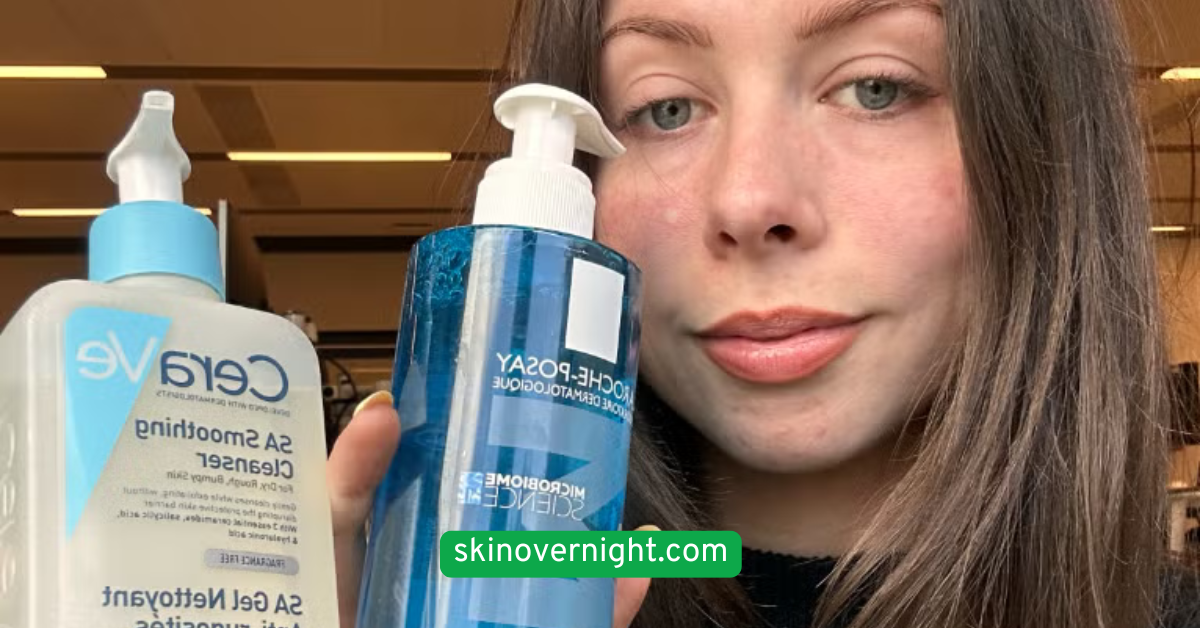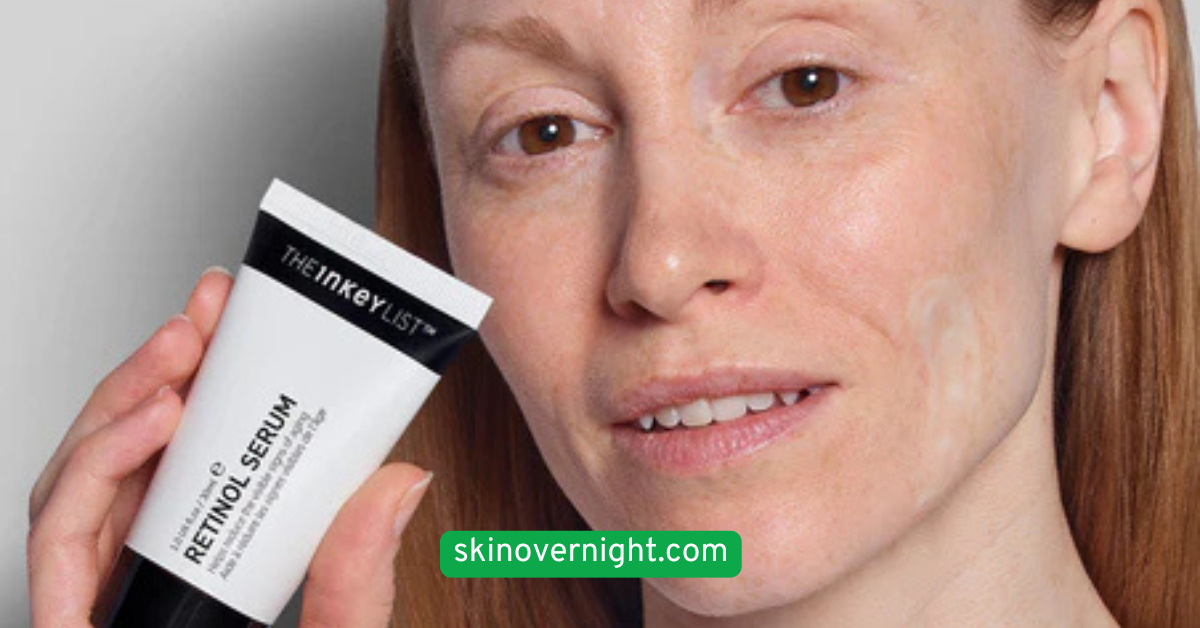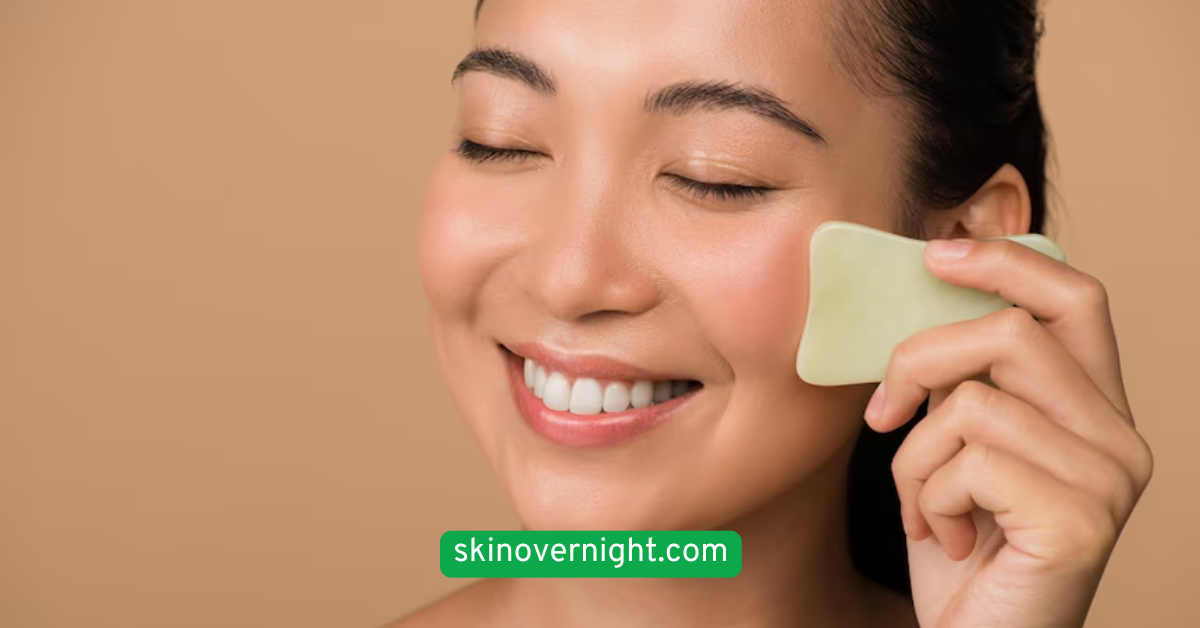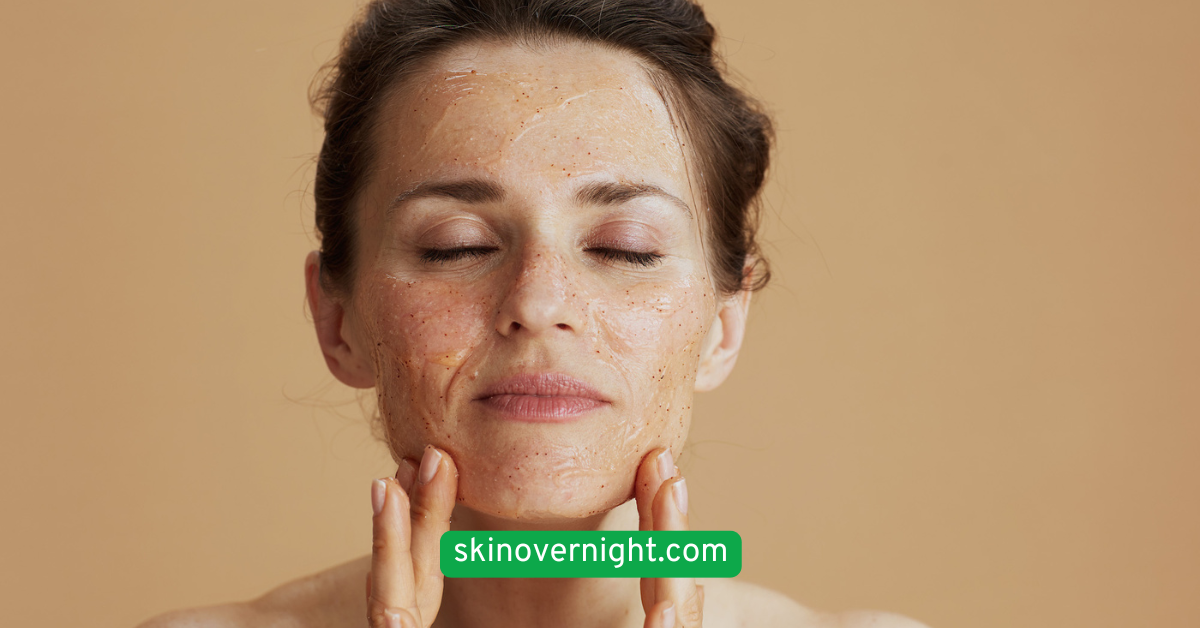20 Repairing Night Skincare Tips for Deep Skin Repair (2025)
According to dermatologists, your skin’s regeneration rate doubles at night. That’s right! While you dream, your body is hard at work rebuilding collagen, replenishing moisture, and shedding dead skin cells. But here’s the catch—without the right nighttime skincare, you’re missing out on this natural magic. So, if you’re looking to wake up glowing, clear, and refreshed, these 20 repairing night skincare tips are just what your skin is craving.Let’s tuck into your best skin yet.
1. Double Cleanse to Remove Every Trace of Dirt
Double cleansing is a game-changer, especially if you wear sunscreen or makeup daily. The first step? An oil-based cleanser to melt away impurities. The second? A water-based cleanser to deeply clean your pores.This method ensures that your skin is squeaky clean without being stripped. It helps prevent acne, breakouts, and congestion caused by product build-up or pollution. Bonus: your serums and treatments will absorb better onto freshly cleansed skin.Invest in gentle, non-stripping formulas, especially if you have dry or sensitive skin. A clean slate sets the tone for the rest of your night routine.

2. Use a Gentle, pH-Balanced Cleanser
After your oil cleanse, opt for a mild, pH-balanced facial cleanser. This type of cleanser supports your skin’s natural barrier and doesn’t disrupt its acid mantle, which is essential for healthy, glowing skin.Avoid harsh soaps or foaming cleansers with sulfates. These can strip your skin, leaving it vulnerable to irritation and dehydration. Instead, look for cleansers with ingredients like green tea, chamomile, or oat extract.If your skin feels tight after washing, that’s a red flag. Stick with hydrating, soothing formulas that clean without overdoing it.

3. Incorporate a Hydrating Toner
Toners have evolved beyond their alcohol-filled past. A good hydrating toner replenishes moisture and preps your skin for the next steps.Look for toners with humectants like glycerin, rose water, or hyaluronic acid. These ingredients help draw moisture into the skin, making your face feel plump and refreshed.Use a few drops on a cotton pad or pat it directly into your skin. A well-hydrated base allows for better penetration of serums and actives.

4. Apply a Repair-Focused Night Serum
Nighttime is when your skin can soak in targeted treatments. A repair-focused serum rich in peptides, ceramides, and antioxidants can support skin recovery and elasticity.Serums are lightweight yet potent, making them ideal for deep skin penetration. Choose one based on your concerns—whether it’s dullness, fine lines, or dehydration.Apply 2-3 drops to slightly damp skin for better absorption. Let it sit for a minute before moving to your next step.

5. Try a Retinol or Retinoid Treatment
Retinol is a gold-standard ingredient for anti-aging and skin renewal. It speeds up cell turnover, boosts collagen, and fades hyperpigmentation.However, start slow. Use it once or twice a week initially to avoid dryness or irritation. Always follow with a good moisturizer.Retinoids make your skin photosensitive, so only use them at night. In the long run, they help you wake up with smoother, clearer, and more youthful skin.

6. Soothe with Aloe Vera Gel
If your skin feels irritated or red, aloe vera is your BFF. It’s naturally soothing, anti-inflammatory, and hydrating.A thin layer of aloe gel after active ingredients can help calm your skin and reduce redness. It also works well after exfoliation or a day in the sun.Keep it chilled in the fridge for an extra soothing sensation.

7. Include Niacinamide in Your Routine
Niacinamide (Vitamin B3) is a multi-tasking superstar. It balances oil production, strengthens the skin barrier, reduces redness, and evens out tone.Use a niacinamide serum alone or layer it before your moisturizer. It plays well with most other ingredients, including retinol.Consistent use leads to brighter, more resilient skin.

8. Use a Nourishing Overnight Mask
Overnight masks work while you sleep, delivering intense moisture and nourishment.Look for masks with ingredients like ceramides, shea butter, and squalane. These lock in hydration and repair the skin barrier.Apply a thin layer after your usual routine. You’ll wake up with plumper, more hydrated skin.

9. Don’t Skip the Eye Cream
The skin around your eyes is thinner and more delicate. A targeted eye cream helps reduce puffiness, dark circles, and fine lines.Choose an eye cream with peptides, caffeine, or hyaluronic acid. Gently dab it in using your ring finger—never rub.Used consistently, it can make you look more awake and refreshed in the morning.

10. Treat Yourself to Facial Massage or Gua Sha
Facial massage increases blood circulation and helps with lymphatic drainage. It also relaxes facial muscles and improves product absorption.Use a few drops of facial oil and a jade roller or Gua Sha stone. Work in upward, outward motions to lift and sculpt your face.In just 5–10 minutes a night, it can make a noticeable difference over time.

11. Add a Layer of Ceramide-Based Moisturizer
Ceramides are lipids that help repair and strengthen your skin barrier. A moisturizer rich in ceramides prevents water loss and protects against irritation.Use it as the last step to seal in all your previous layers. It works well for all skin types, especially dry or sensitive skin.This step is crucial when using strong actives like retinol.

12. Avoid Alcohol-Based Products Before Bed
Alcohol in toners or treatments can dry out and irritate your skin. While some alcohols are fatty and beneficial, avoid SD alcohol or denatured alcohol in your nighttime products.Check ingredient lists, especially in toners and acne treatments. Go for hydrating, alcohol-free options instead.Your skin heals better when it’s nourished, not stripped.

13. Use a Humidifier in Your Bedroom
Dry air can sap your skin of moisture overnight. A humidifier restores air moisture, helping your skin stay hydrated.This is especially helpful in winter or in air-conditioned rooms. Skin feels softer and more supple by morning.Pair it with a hydrating night cream for maximum benefit.

14. Try an Exfoliating Treatment Twice a Week
Exfoliation helps remove dead skin cells and improve texture. For night routines, chemical exfoliants like AHAs (glycolic acid) or BHAs (salicylic acid) work best.Use 1–2 times a week depending on your skin’s tolerance. Avoid using them with retinol on the same night.Post-exfoliation, your skin will absorb serums more effectively.

15. Sleep on a Silk or Satin Pillowcase
Rough cotton pillowcases can cause friction and absorb your skincare products. Silk or satin alternatives reduce tugging on the skin and help prevent wrinkles.They also minimize hair breakage and frizz, making them a win-win for beauty sleep.This small switch can have a big impact on your skin over time.

16. Keep Hands Clean Before Applying Products
Always wash your hands before touching your face or applying skincare. Bacteria, dirt, and oil from your hands can easily transfer and cause breakouts.You can also use a clean spatula or dropper for products instead of dipping fingers in jars.Clean hands = clear skin.

17. Hydrate from Within Before Bed
Drinking water before bed may mean an extra bathroom trip, but it keeps your skin hydrated from the inside out.Just a glass is enough to support cell regeneration and overnight detox.Hydration is as much internal as it is topical.

18. Stick to a Consistent Sleep Schedule
Your skin’s repair process aligns with your body’s circadian rhythm. Going to bed and waking up at the same time daily supports this natural cycle.Aim for 7–9 hours of uninterrupted sleep. Lack of sleep leads to dullness, puffiness, and increased breakouts.Prioritize rest as part of your skincare journey.

19. Apply Spot Treatments Strategically
If you have active acne or blemishes, spot treatments can help. Ingredients like benzoyl peroxide, salicylic acid, or tea tree oil target breakouts overnight.Apply these after moisturizing to avoid irritation. Less is more—only dab on the spots, not the whole face.This keeps your skin balanced and clear.

20. Avoid Blue Light Exposure Before Bed
Blue light from screens delays melatonin production and impacts sleep quality. Poor sleep = poor skin repair.Turn off screens at least 30 minutes before sleeping, or use blue light filters and night modes.Your skin will thank you with a well-rested glow.
Conclusion
A nighttime routine isn’t just self-care—it’s skin therapy. Each step you take to support your skin’s natural repair cycle makes a difference. Whether you’re starting with a gentle cleanse or adding in powerhouse ingredients like retinol or niacinamide, consistency is the key to visible transformation.The goal isn’t perfection. It’s building habits that make you feel good and help your skin thrive. Try a few tips at a time and adjust based on what your skin loves most. Sweet dreams and even sweeter skin await!





